
Want to learn more? This National Geographic Book on Owls is a great read!
There have been sightings of other species of owls, but they have only been in a single instance and were likely misidentified.
The most common of these owl species in South Carolina is the Barred Owl.
South Carolina has a sub-tropical climate. It is a largely humid state with long and hot summers, whilst most regions in the state have mild winters.
There are 37 different state parks across the state of South Carolina and there are 7 different national parks across the whole state. The most popular of these national parks is the Charles Pinckney National Historic Site.
Now that we’ve looked at the state of South Carolina, let’s look at the individual owl species that can be found there.
Want to attract Owls to your yard? Take a look at our article!
What Owls can be seen in South Carolina?
Table of Contents
1. Barn Owl
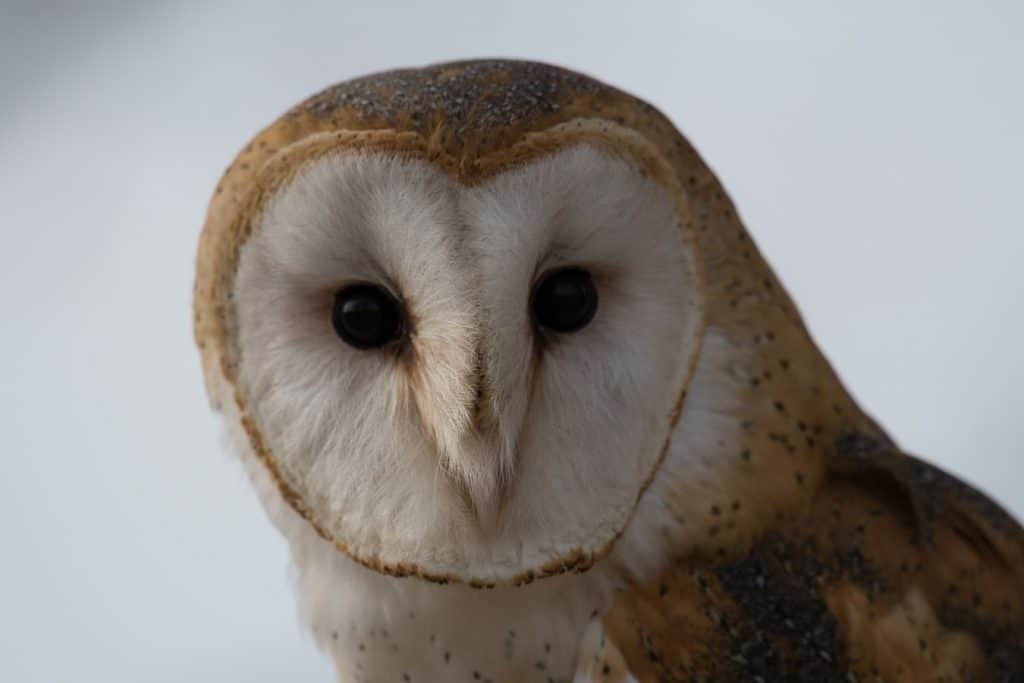
Wingspan
107 to 110 cm
Weight
430 – 620 g
Life Expectancy
Up to 4 years
Diet
Voles, Shrews & Mice
The Barn Owl is one of the most common owls across the United States with its range encompassing 48 of the different states.
In certain lights, this medium sized owl can seem completely white. But in actually there are buff and grey coloured feathers that cover its back and wings.
These owls are most commonly found in open areas of grasslands but in recent years they have expanded their range to more suburban areas and in cities.
Barn owls hunt at night and they will most commonly search for their prey in complete darkness.
There have been reports of male barn owls mating with more than one female, but this species is usually monogamous and will often mate for life.
The male will court a female by doing a display called a ‘moth flight’ which is where they hover in front of the female and leave their feet dangling.
These birds are permanent residents in the state of South Carolina and can be seen in all regions of the state.
They are most active during their mating seasons and most of the reported sightings have been along the western coast of the state.
2. Eastern Screech Owl
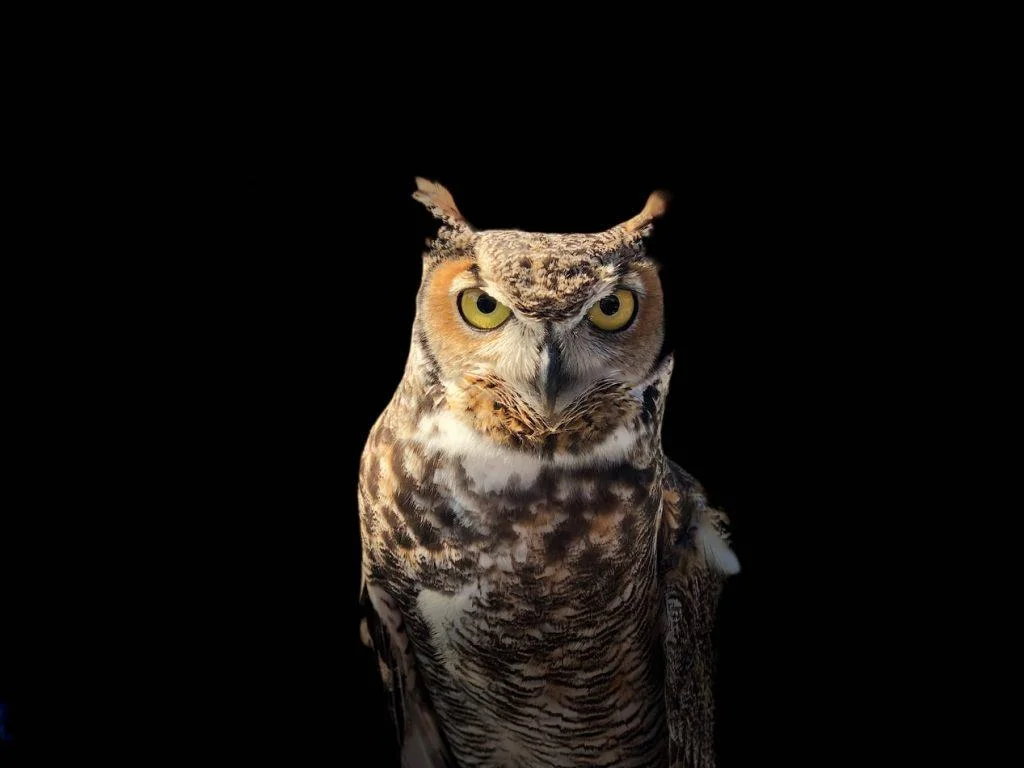
Wingspan
46 to 61 cm
Weight
160 g
Life Expectancy
14 years
Diet
Rats, Squirrels, Rabbits & Skunks
The Eastern Screech-owl has very impressive feathers of varying grey shades that help it to camouflage well against the bark of trees.
You can see this medium sized owl in any area of woodland with a dense enough number of trees to provide protection for the bird. Nest boxes really help this owl to survive as they cannot nest successfully in areas of insufficient cover.
Like lots of owl species, these birds are most active during the night-time. These birds form breeding pairs that are stable and help raise the young together but, whilst they are most monogamous, some males will mate with two females rather than one.
Both individuals will feed their young and stay with them for the first ten weeks of their life before they begin to break off on their own.
These owls will only have one brood per breeding season, and this consists of two to six individual eggs.
Considering it is the Eastern Screech-owl it is to be expected that these birds can be seen throughout all areas of South Carolina.
They are also permanent residents of the subtropical state, meaning that they can be seen in all seasons of the year.
They are most active during their breeding seasons and the highest number of sightings have been recorded in the far south of the state.
3. Great Horned Owl

Wingspan
~140cm
Weight
1.4 kg
Life Expectancy
28 years old
Diet
Squirrels, Rabbits & Skunks
This owl does not have horns, which you may have already assumed, but instead gets its name from its large ear tufts that resemble the shapes of horns.
These owls are large in size and are covered in feathers of various greys and browns. Great Horned owls like to make their nests in woodland areas, usually quite dense ones and often ones near swamp areas.
These owls only hunt at night and are most active at dusk and dawn, but sometimes in winter months when there is less prey, they will hunt in the day to accommodate.
These birds are monogamous and both individuals in a mating pair will contribute to defend their nest as both sexes are very territorial. They use a lot of vocals, including hissing and screeching, to deter any intruding individuals.
If this does not deter the intruder, they are often known to attack with their feet and have even killed members of their own species that do not leave their territory.
Some smaller species of birds may also attempt to harass these owls, by dive bombing them, in an attempt to get them to abandon their nests and their eggs.
Outside of the breeding seasons, individuals will not roost together, but they will stay in their territory together.
With their vast range across the united states, it is no surprise that Great Horned Owls can be seen in all areas of the state.
They are also permanent residents in South Carolina so they can be seen year-round. The highest number of sightings have been recorded to the south east of the state.
4. Barred Owl
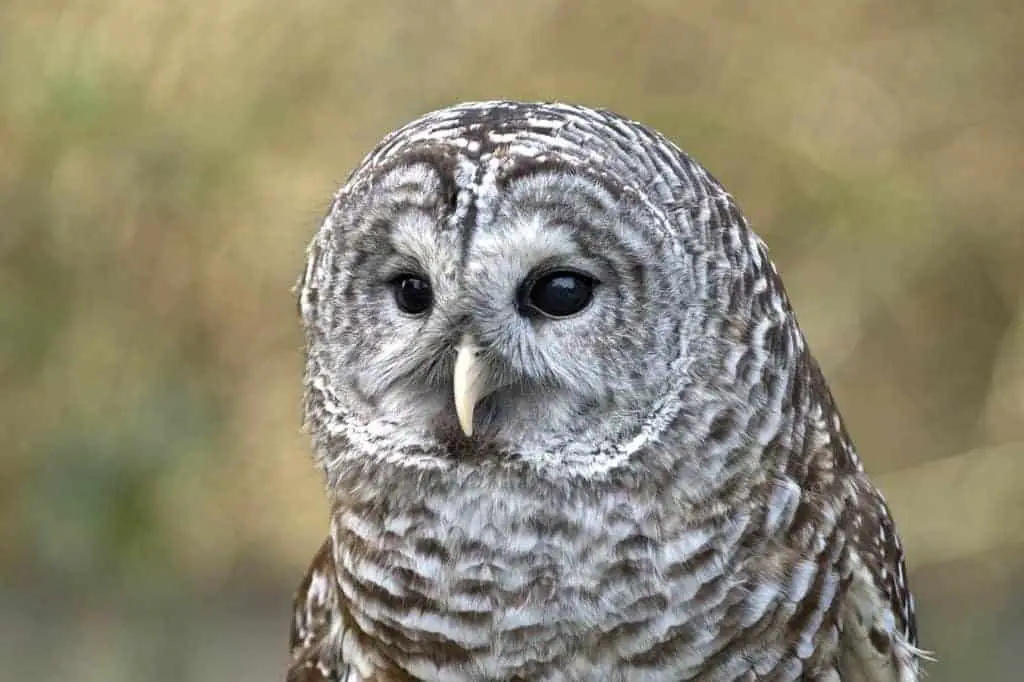
Wingspan
96-125 cm
Weight
468-1,150 g
Life Expectancy
10-23 years
Diet
Small mammals
This owl is the most common owl species to be found in South Carolina and can be identified by the brown and white striped feathers that form a barred pattern across their wings.
You are most likely to see one of these owls in areas of woodland that are usually close to bodies of water.
These owls are incredibly territorial and will remain defensive of their territory throughout the whole year, not just during their breeding seasons.
Both individuals from a mating pair will try and deter intruders, they will do this by emitting a serious of harsh hoots as well as sometimes attacking the feet of other birds.
These birds are quite often preyed upon by bigger species of owls, such as the Great Horned Owl, and sometimes one individual will try to distract any intruding predators whilst the other tries to defend the nest and the eggs.
These birds can be seen in all areas of the state and they are year-round residents so can be seen in all season.
You are most likely to see these birds during their breeding seasons and most of the recorded sightings of this bird have been in the central regions of South Carolina.
5. Short Eared Owl
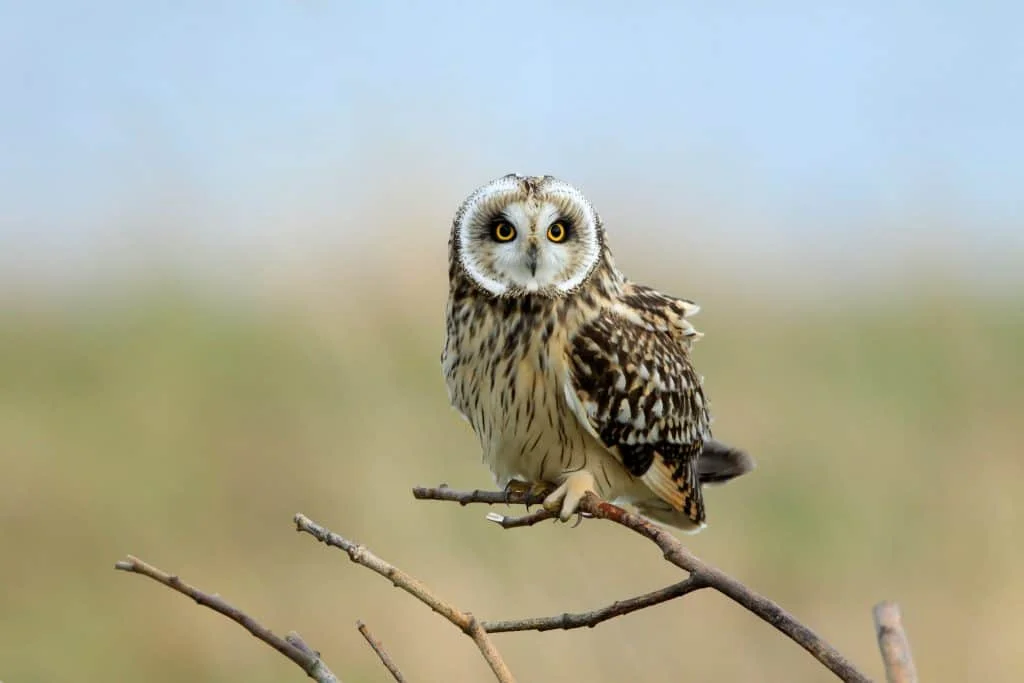
Wingspan
102cm
Weight
330g
Life Expectancy
12 years
Diet
Small mammals
The Short-eared Owl is an owl with tiny outer ear-tufts and a medium sized body covered in varying brown feathers.
They have a round face and yellow eyes. You are most likely to see these owls in open are as of grasslands, the larger the better.
These owls will be active throughout the day and night but only during their breeding seasons.
Males of this species are described as being seasonally monogamous which means that they only mate with one female during the breeding season but the pairs do not appear to be long lasting.
Both individuals of a breeding pair will help to defend the nest, males with displays and females with hoots.
These owls can be seen throughout all regions of the state but they can only be seen in North Carolina outside of their breeding seasons.
Most of the sightings of this owl have been in the southern half of the state, particularly along the South Carolina coastline.

More Articles.
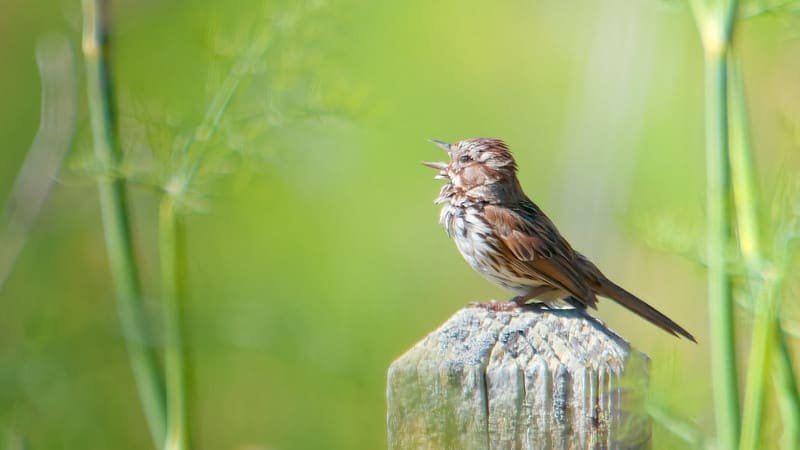
Why do Birds Chirp at Night? (5 Birds with Pictures and Sounds)
A bird singing and chirping can be heard at all times of the day. Most

How to attract Woodpeckers to your yard?
Woodpeckers are often elusive to the sight but distinct to the ears. Their famous pecking
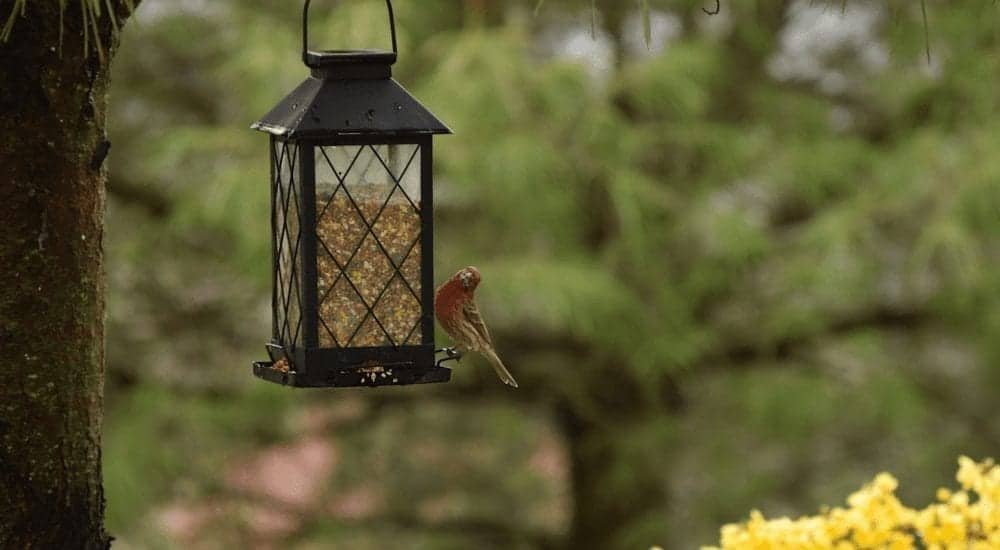
Bird feeders are a key part of any yard that wants to attract birds. They

About Us
We are avid bird-watchers who recently retired, allowing us more time to travel the world. Fortunately, we have managed to visit numerous countries around Europe, Asia, and America. Watching and photographing birds has been a passion for many years and we are making the most of the extra time on our hands!
